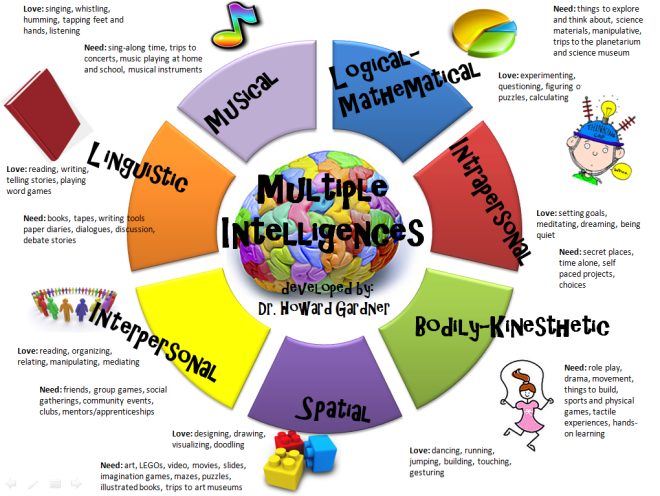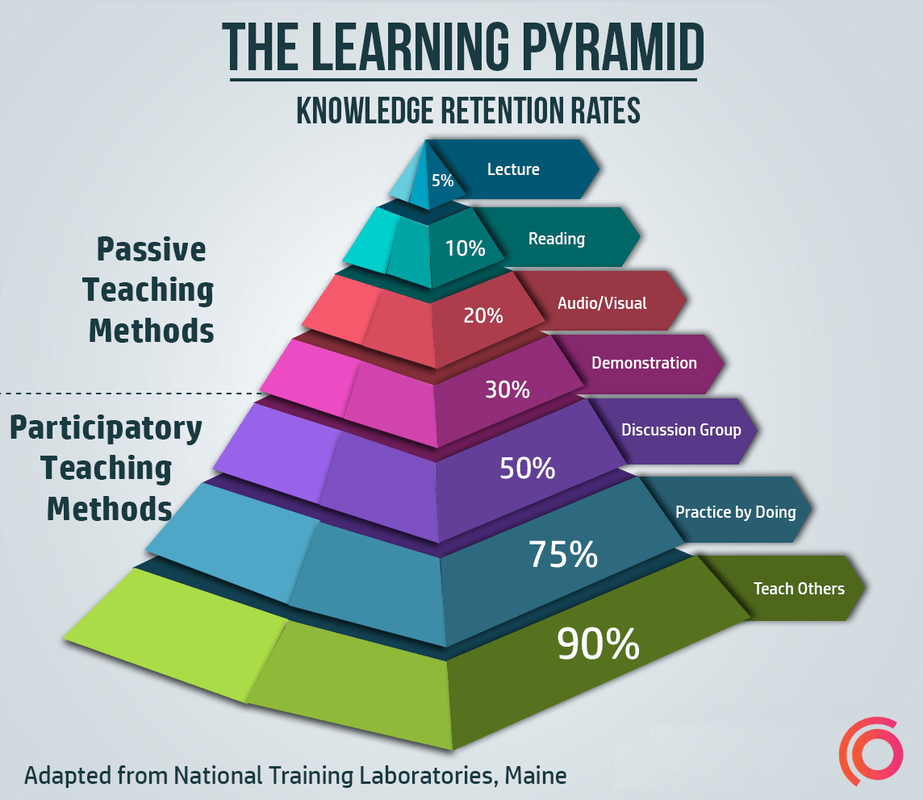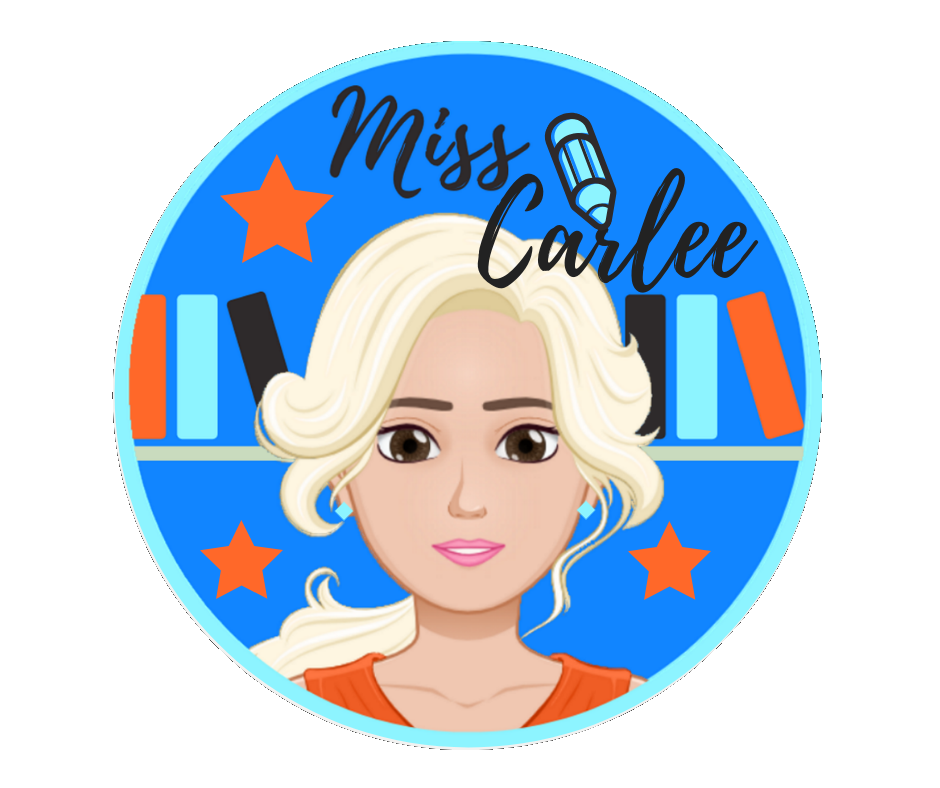Last week, I introduced you to the quartet of happiness, and wrote about ways we can increase levels of dopamine and endorphins to support learning, specifically when recalling and reciting the times tables. Today, I would like to follow on with oxytocin and serotonin, and how we can create an environment that promotes the natural release of these chemicals within our body. So let’s begin with oxytocin.
Oxytocin is a neurotransmitter which is commonly known as “the love hormone.” Oxytocin helps to reduce the stress hormones and levels of anxiety within the body. When we have a sufficient amount of oxytocin, then we are ready to deal with our surroundings. As teachers, we can create an environment that promotes the natural release of oxytocin in the body by…
Oxytocin is a neurotransmitter which is commonly known as “the love hormone.” Oxytocin helps to reduce the stress hormones and levels of anxiety within the body. When we have a sufficient amount of oxytocin, then we are ready to deal with our surroundings. As teachers, we can create an environment that promotes the natural release of oxytocin in the body by…
- promoting words of affirmation. Your words, whether positive or negative are very powerful! Recently, there has been a big impetus on growth mindset vs. fixed mindset and the “power of yet.” Let your students know that they may not be able to do this “yet,” BUT they can achieve a whole lot more when they practise, practise, PRACTISE!
- helping others. As educators, we know that students retain more when they are able to teach others (see image below for statistics). Therefore, we should allow students the opportunity to engage their fellow classmates by presenting ways to remember and recite the times tables. There are a number of methods that students can present, such as using your hands for the 9 times tables, doubling the answers in the 2 times tables to get the answers to the 4 times tables and so on. This could be an assignment or project for students to research as homework and then present to the class.
Serotonin is also a neurotransmitter and is released when we feel socially recognised, as well as when basic needs are met. When our serotonin levels are high, we feel safe and peaceful. As teachers, we can create an environment that promotes the natural release of serotonin in the body by…
And then there’s the Gardner’s Multiple Intelligences. You can have your students take a simple test HERE to find out where their strengths lie. The info graph pictured above provides examples of ways you can incorporate these within your classroom to engage individuals, whilst promoting autonomy and creativity. Here are some ways you can incorporate the multiple intelligences when constructing times tables stations and/or activities:
Musical: provide instruments so that students can play these whilst reciting the times tables, sing along to a times tables song or allow students to create a times tables song which they can sing to the class.
Linguistic: provide these students with a variety of writing materials, including a wide range of coloured paper and pencils. Also ensure they can talk about their learning with others. You may even want to challenge them to create a times tables story or times tables word problem.
Interpersonal: provide plenty of times tables games that enables them to interact with one another. Games such as ‘Celebrity Heads’ but with times tables is a great one to participate in (This is played in a group of three. Two students pick up a number card and place it on their forehead without looking at their own number. Everyone can see the number but you. The third person says the answer to the multiplication sum and the other two then have to guess their own number).
Spatial: provide materials, MABs, building blocks etc. to demonstrate patterns found in the times tables. This can be recorded on grid paper or presented as a 3D art piece.
Bodily-Kinesthetic: provide a range of activities that allow students to move around. It could be something like musical statues with times tables songs played in the background or an exercise regime using multiples.
Intrapersonal: provide a quiet space with a self-paced project. This could be presenting a times tables poster or instructions on how to learn the times tables.
Logical-Mathematical: provide a lot of open-ended questions and have students explore endless opportunities. Use word problems with manipulatives to explore the relationships between multiples, as well as multiplication and division. You can access a website full of resources HERE.
Next week, I will finish this series with ways in which we can build on a child’s foundational understanding of the times tables.
- being out in the sunlight. Let’s start challenging the way we teach and deliver lessons by incorporating more outside activities during literacy and numeracy (only if this is viable of course). So for those of you who are blessed with a lot of sunlight during the day and are able to, then why not allow your students to recall the times tables whilst outside! You could incorporate a simple ball throwing and catching activity or a hand-clapping game.
- getting social recognition. This is all about involving the whole class in recognising and applauding successes and championing those who struggle to reach their goals. You could design an Instagram wall of your class and have them write goals which students can “like” or you may choose to end times tables activities with individuals providing verbal recognition to one another.
And then there’s the Gardner’s Multiple Intelligences. You can have your students take a simple test HERE to find out where their strengths lie. The info graph pictured above provides examples of ways you can incorporate these within your classroom to engage individuals, whilst promoting autonomy and creativity. Here are some ways you can incorporate the multiple intelligences when constructing times tables stations and/or activities:
Musical: provide instruments so that students can play these whilst reciting the times tables, sing along to a times tables song or allow students to create a times tables song which they can sing to the class.
Linguistic: provide these students with a variety of writing materials, including a wide range of coloured paper and pencils. Also ensure they can talk about their learning with others. You may even want to challenge them to create a times tables story or times tables word problem.
Interpersonal: provide plenty of times tables games that enables them to interact with one another. Games such as ‘Celebrity Heads’ but with times tables is a great one to participate in (This is played in a group of three. Two students pick up a number card and place it on their forehead without looking at their own number. Everyone can see the number but you. The third person says the answer to the multiplication sum and the other two then have to guess their own number).
Spatial: provide materials, MABs, building blocks etc. to demonstrate patterns found in the times tables. This can be recorded on grid paper or presented as a 3D art piece.
Bodily-Kinesthetic: provide a range of activities that allow students to move around. It could be something like musical statues with times tables songs played in the background or an exercise regime using multiples.
Intrapersonal: provide a quiet space with a self-paced project. This could be presenting a times tables poster or instructions on how to learn the times tables.
Logical-Mathematical: provide a lot of open-ended questions and have students explore endless opportunities. Use word problems with manipulatives to explore the relationships between multiples, as well as multiplication and division. You can access a website full of resources HERE.
Next week, I will finish this series with ways in which we can build on a child’s foundational understanding of the times tables.






 RSS Feed
RSS Feed